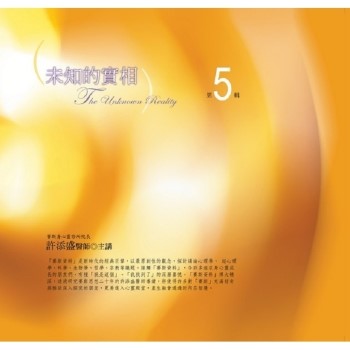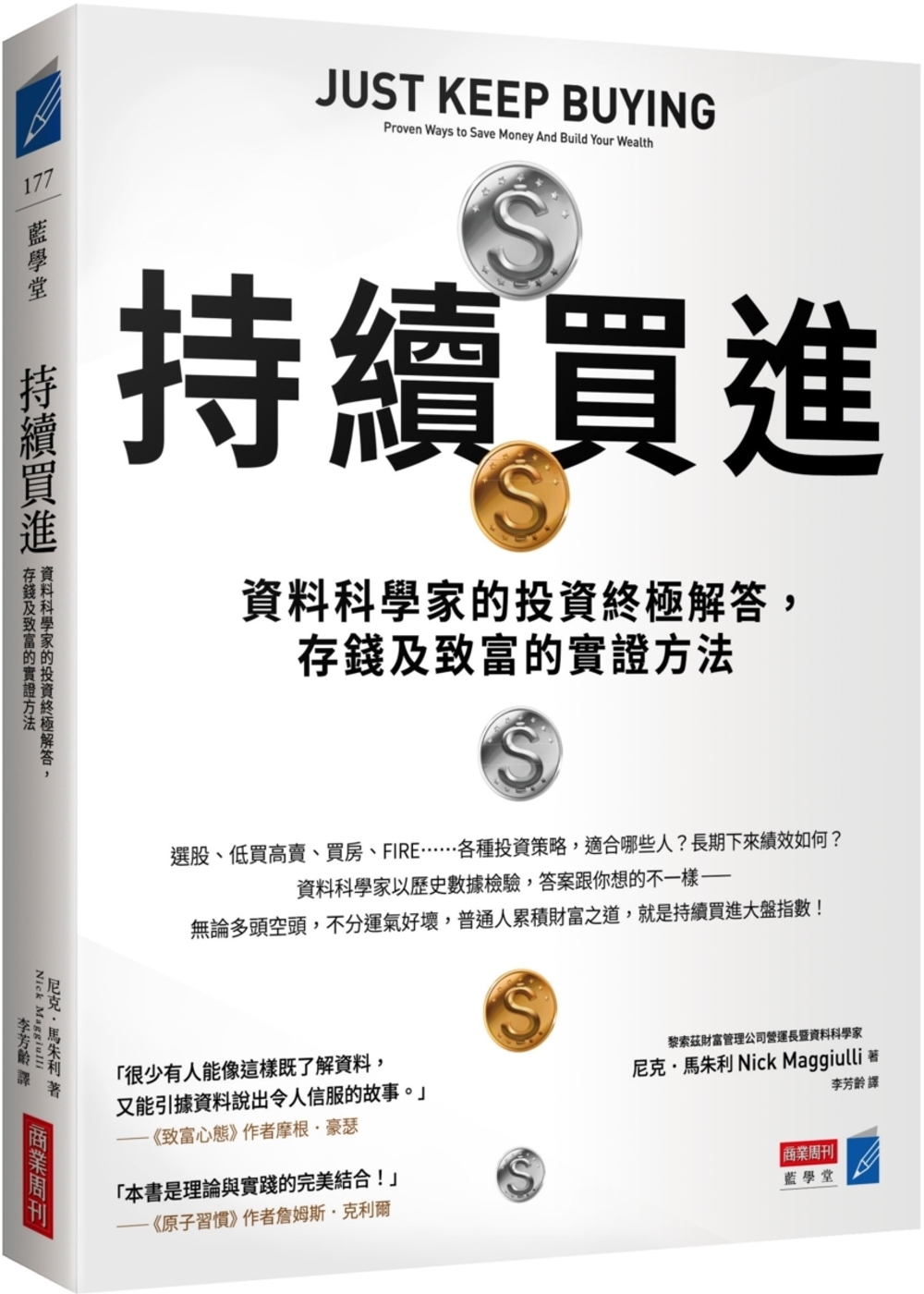The COVID-19 pandemic provides an illustration of how chaotic changes to large systems are caused by small, seemingly insignificant environmental events such as the initial case(s) of COVID-19 in China. From this small starting point for the pandemic, there have been (and continue to be) millions of lives lost and trillions of dollars spent trying to alleviate the effects of the COVID-19 pandemic. World government and corporate leaders are striving to deal with this pandemic, but uncertainty is felt across the globe. Unprecedented strategies (e.g., the United States government’s multi-trillion-dollar stimulus package (s)) have been used to halt the spread of COVID-19.
These small events cascade throughout larger and larger systems leading to unforeseeable consequences. Organizations must experiment and make decisions on how to react. Decisions must be made and implemented to see what the effects of these decisions are.The chapters in this volume provide important insights for all organizations during this time of crisis. The chapters express bottom-up and top-down approaches to a crisis-initiating environmental change by organizations. The chapters provide insight into the way organizations perceive the effect of COVID-19 as 1) a permanent or transitory change in the organization’s environment; and 2) as a crisis or opportunity. Taken together, the chapters provide both scientists and practitioners with a starting point for understanding the impact of COVID-19 on organizational theory and on management practice for readers.












